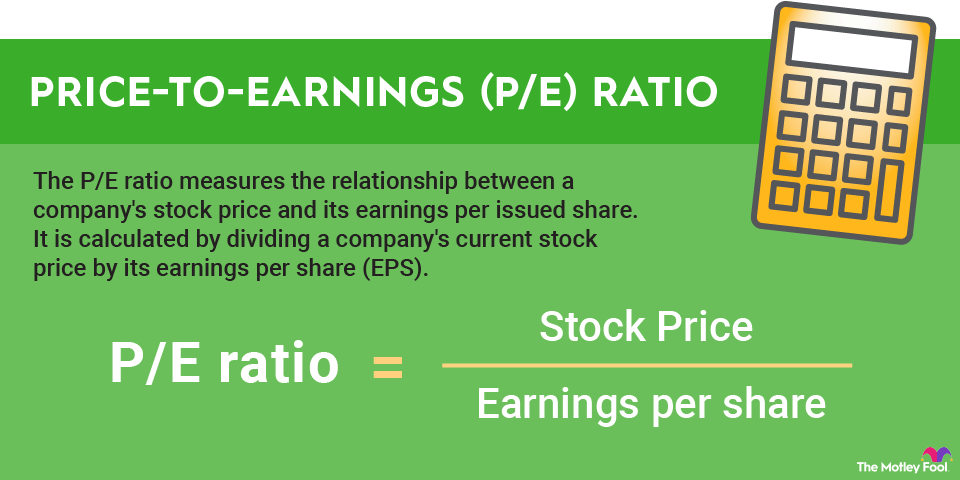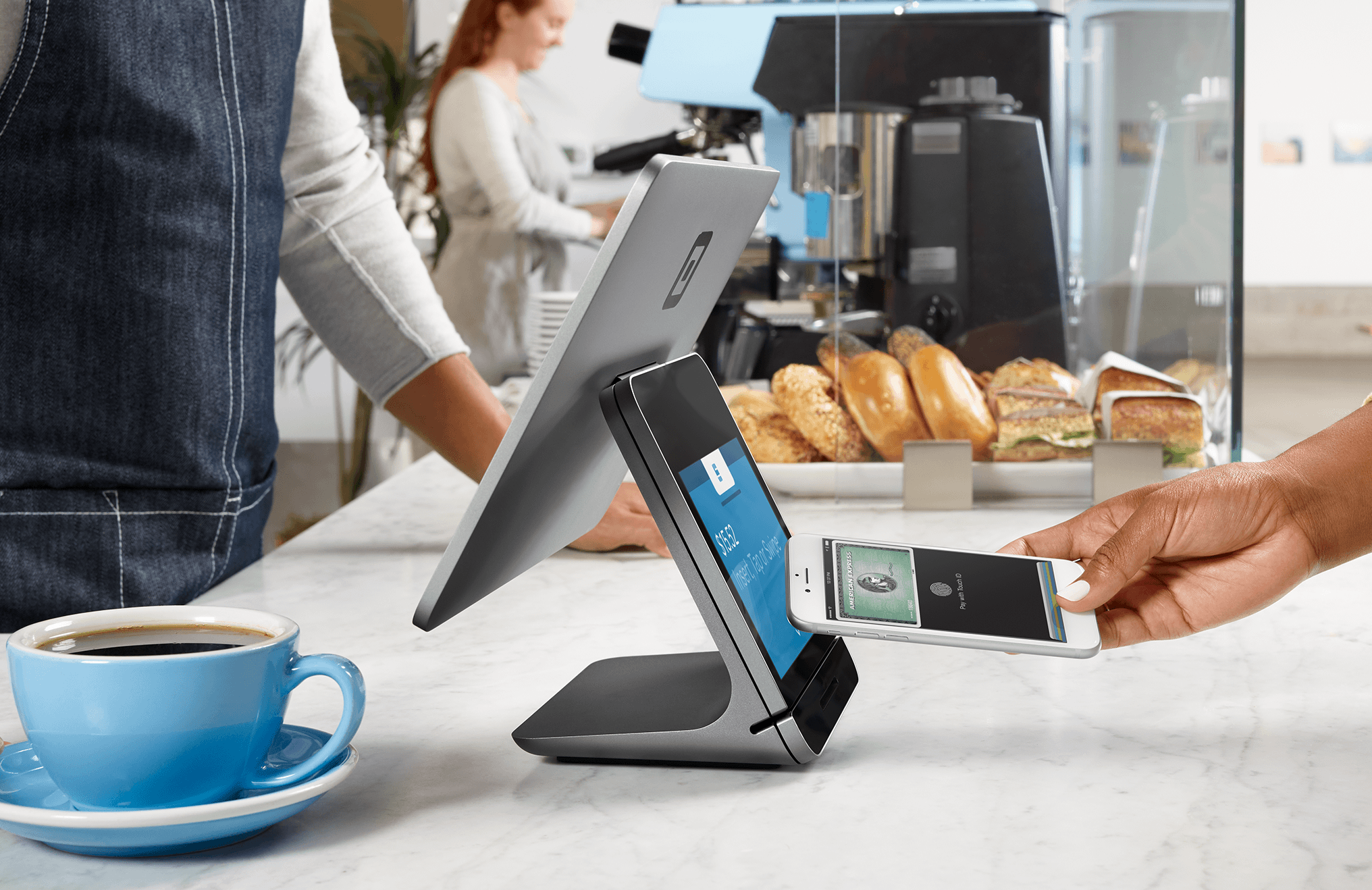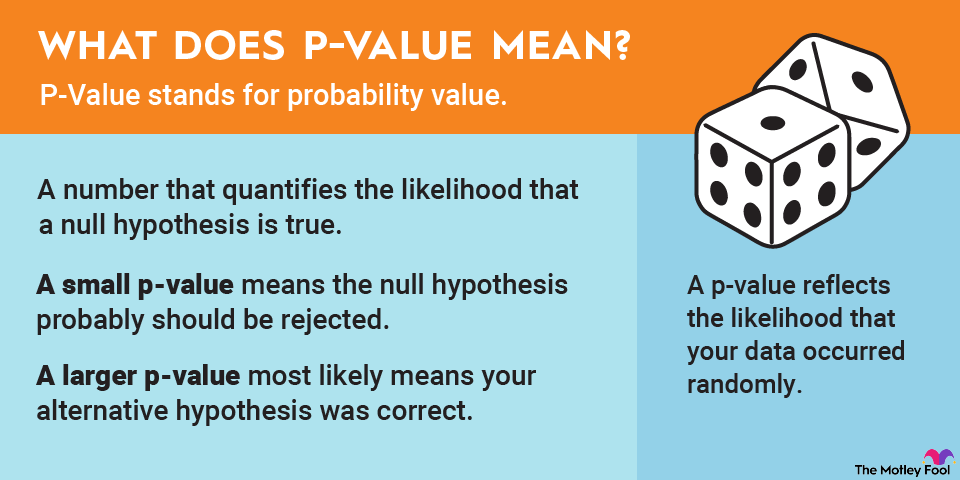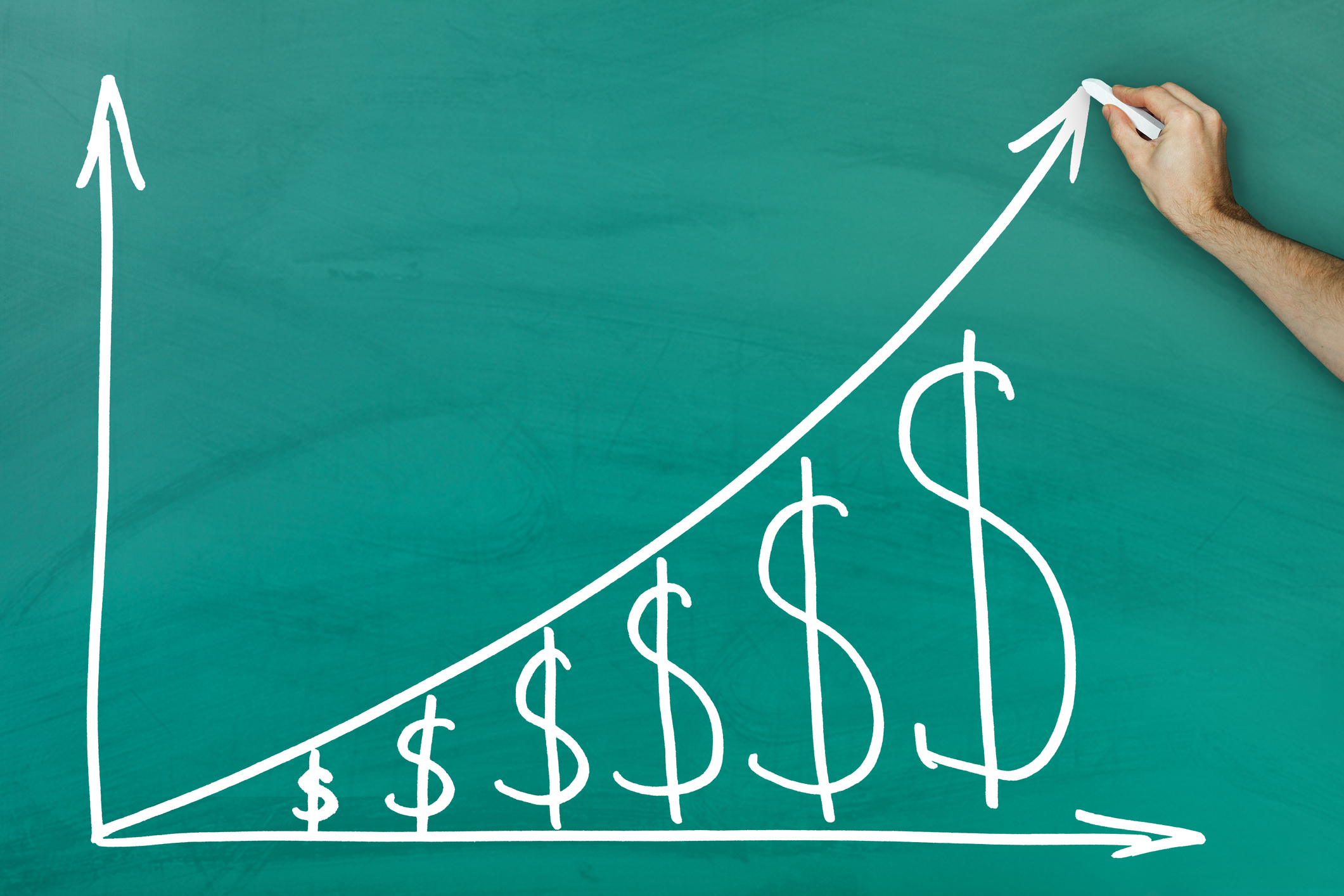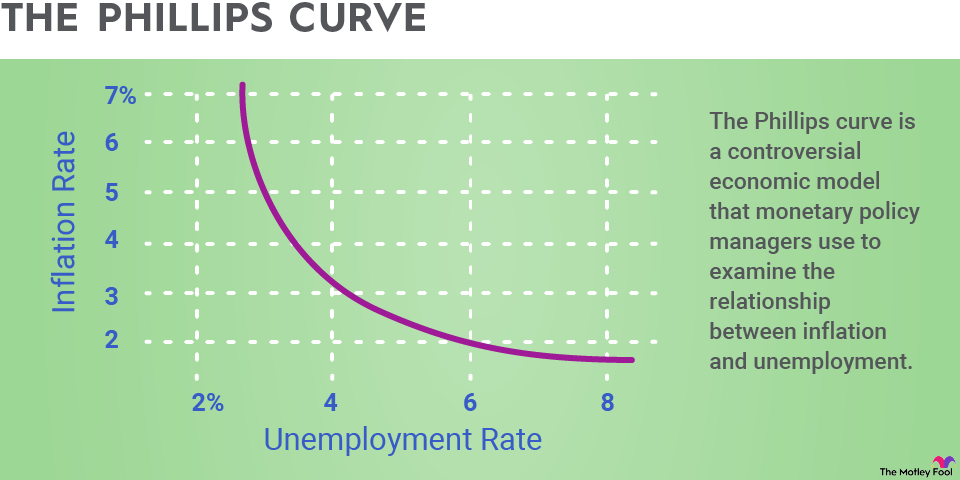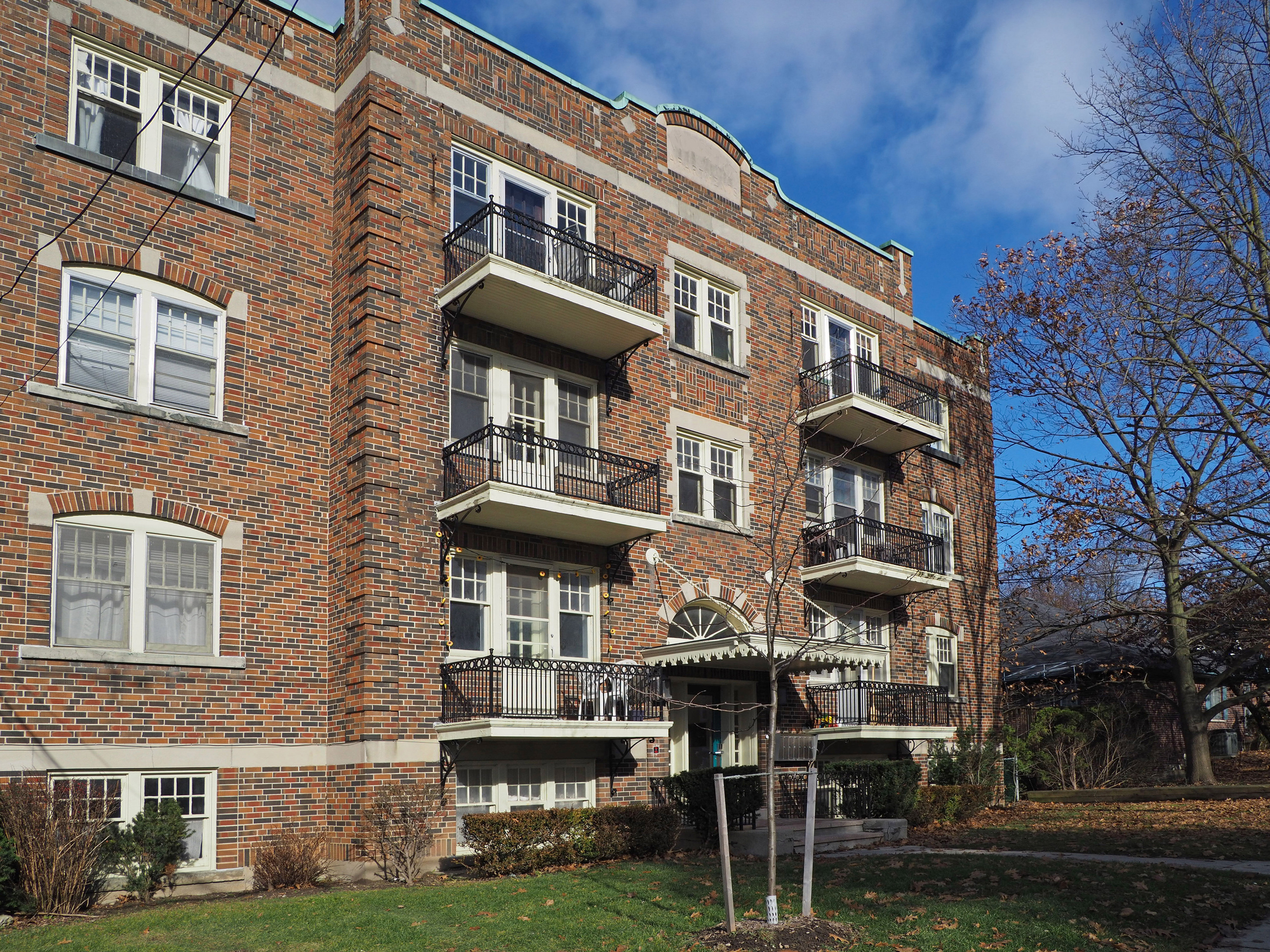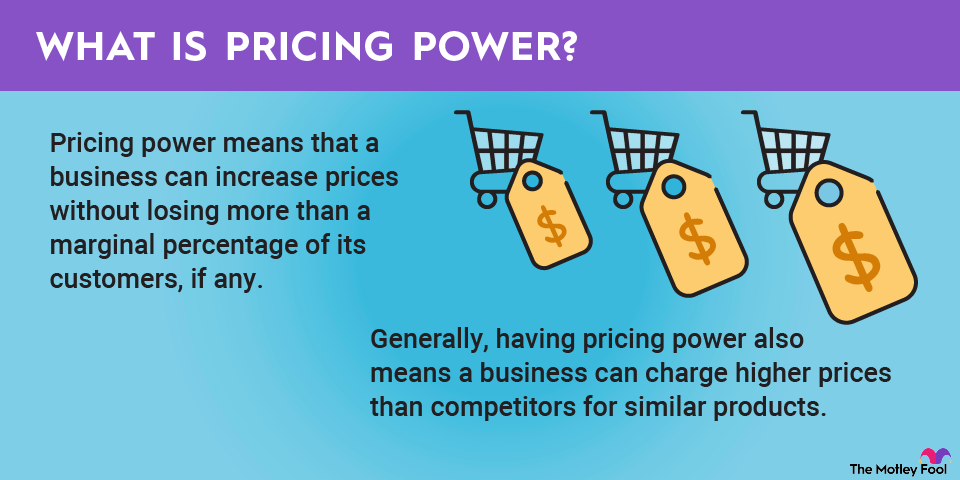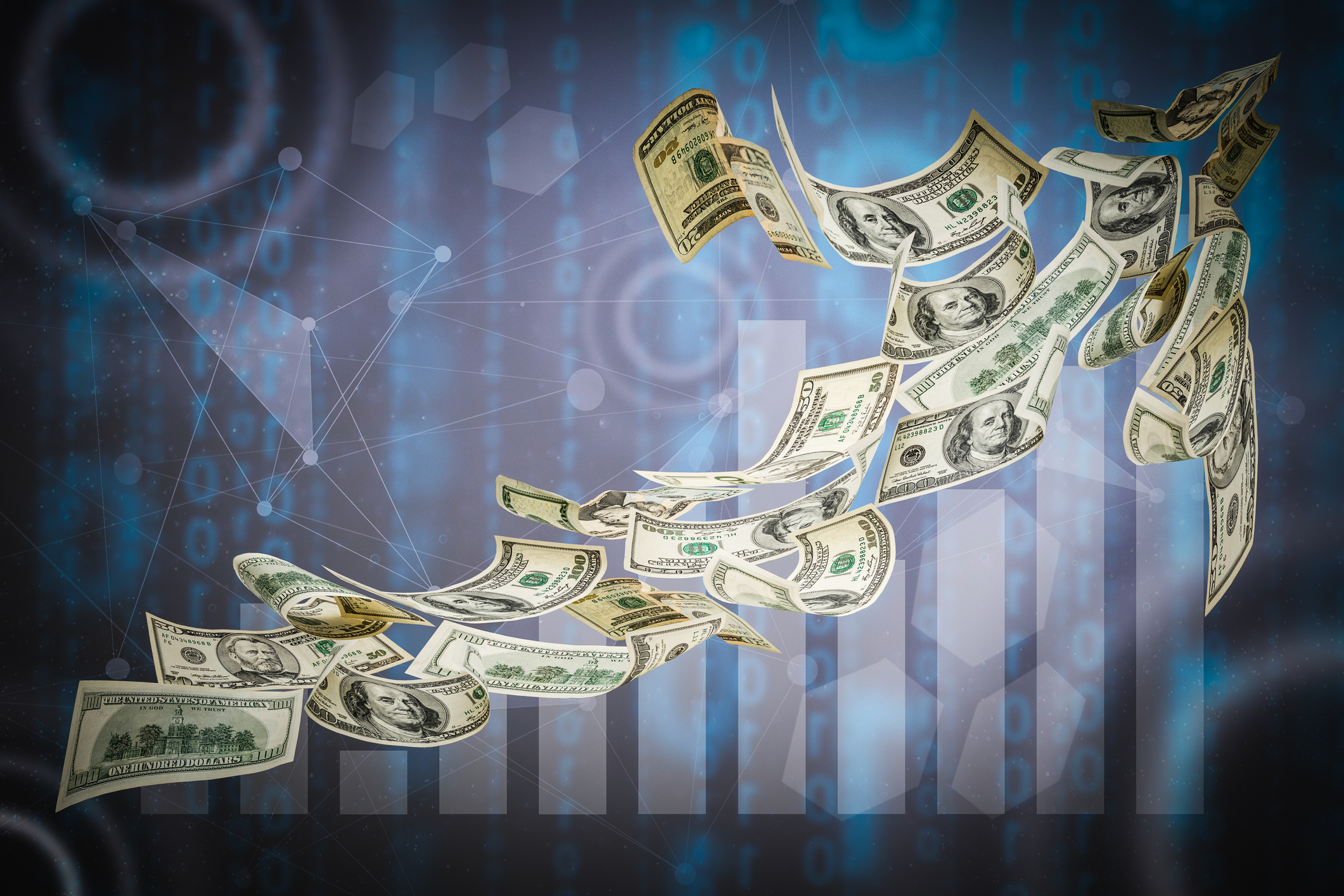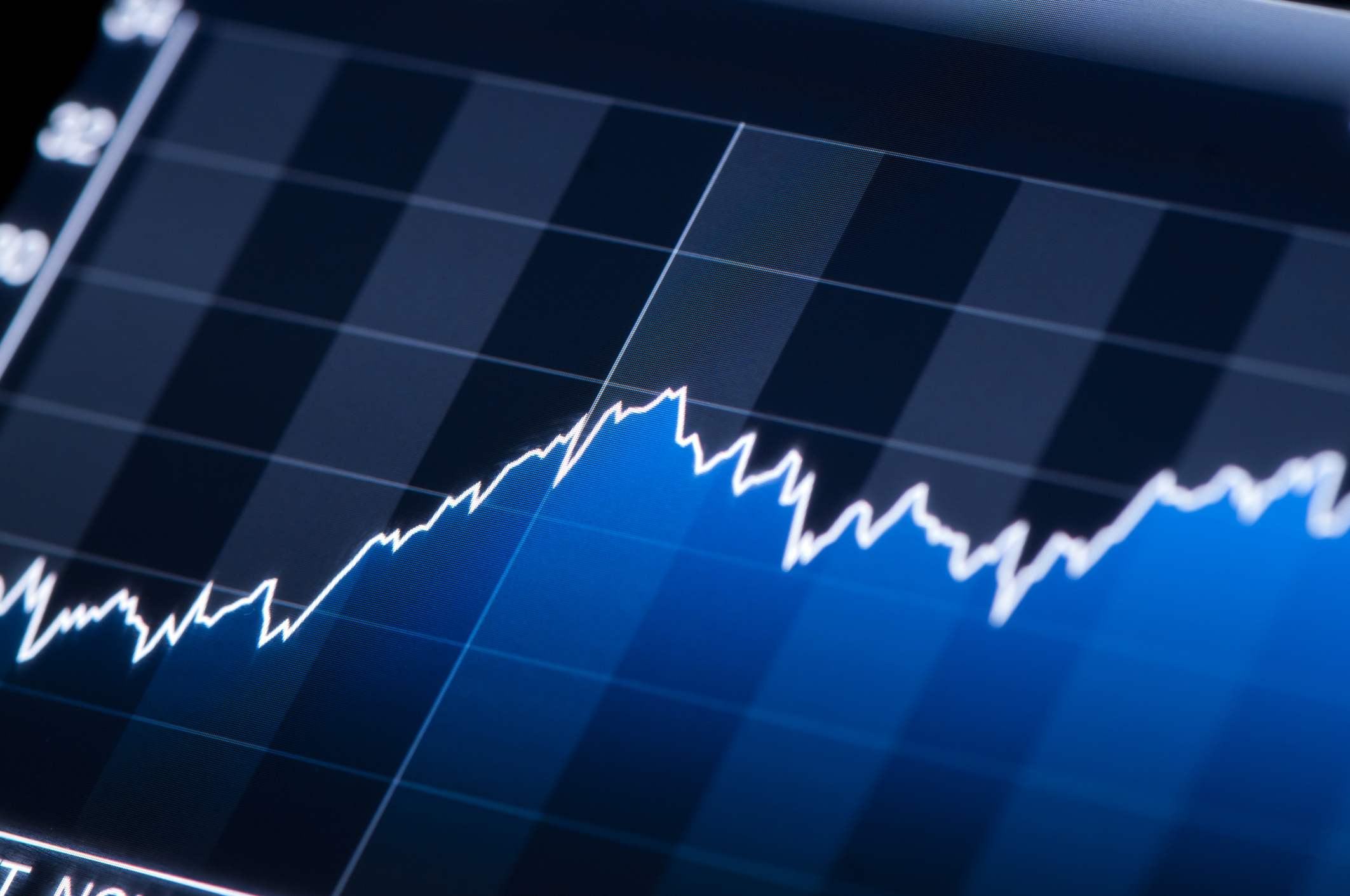Payment for order flow (PFOF) is compensation received by a broker in exchange for routing customer orders to a market maker. The practice has become an increasingly common way for brokers to generate revenue as the industry has largely done away with commissions on stock trades and significantly reduced commissions on other instruments. Payment for order flow is a controversial topic since it's not always clear whether it benefits or hurts consumers.

What is payment for order flow?
Payment for order flow is the compensation brokerages receive from a market maker in exchange for sending customer orders their way.
Instead of routing customer orders to an exchange, a broker may use a market maker. As the name implies, a market maker will make a market for certain financial instruments. They do so by standing by, willing to buy or sell those instruments. Typically, the market maker will offer a better price than is available on a public exchange.
Market makers will pay brokers for their order flow because it gives them more opportunities to do what they do: make markets.
How does payment for order flow work?
When a consumer looks up a stock price at their broker, they'll see a bid price and an ask price. The bid price is how much the market is willing to pay for it, and the ask price is how much the market is willing to sell it for. Those numbers come from the National Best Bid and Offer (NBBO), which aggregates buy and sell orders from public exchanges.
Let's say a customer wants to buy XYZ stock. They go to their broker and see the bid price is $99.95, and the ask price is $100.05. Those are the prices provided by the NBBO. The customer decides to put an order to buy shares at $100.02, hoping to do a little better than the going ask price.
Instead of routing that order to a public exchange, the broker takes that order and sends it to the market maker. The market maker's able to fill the order at $100.01. The broker takes the stock, puts it in the customer's account, and proudly displays that it was actually able to get a better price than he asked for, which was also better than the exchange.
The market maker was able to offer the price at just $100.01 because it was also buying shares at $99.99. That price is also better than the NBBO. It can do that because the market maker is confident it can buy shares for less with other orders coming in, the exchanges, or institutional investors.
It's making $0.02 on every share. And even if it's paying the broker half a cent per share in exchange for routing its orders, it's still making a great profit.
Meanwhile, brokers are benefitting because they're getting paid to execute orders for customers instead of paying an exchange to do so. And customers can be happy that they get a better price than they were hoping to get.
Criticisms of payment for order flow
A broker has a fiduciary duty to get the best price possible for customers. If the market maker is skimming pennies off of every share and remitting a percentage back to the broker, can the broker truly claim it's getting the best price?
That may be true if the market maker is the only way to get that price. After all, a market maker is providing a service by always being ready to buy or sell at prices better than the NBBO. It should be compensated for the service (and the minimal risk it's taking).
But the market maker may be engaging in a different practice. It may be taking customer orders and fulfilling them at a certain price better than the NBBO, but immediately going out and executing an offsetting trade by accessing pools of liquidity that are otherwise publicly available. In that instance, the broker could theoretically get customers the best price by going around the market maker and routing trades to multiple exchanges and trading systems to find the truly best price for an order. In that instance, the customer is harmed because they're not actually getting the best available price.
Related investing topics
Benefits of payment for order flow
Advocates of payment for order flow argue that it's the reason brokers are able to offer commission-free trading. Since market makers are willing to compensate brokers, it means customers don't have to pay them. That allows smaller brokerages to compete with big brokerages that may have other means of generating revenue from customers.
Routing orders to market makers instead of an exchange may also increase liquidity for customers. Since market makers are always standing by, willing to buy or sell, that means customers don't need to worry about finding a buyer or seller for the order they want to place.
Lastly, there's no arguing that payment for order flow results in customers getting better prices than displayed by the NBBO. Theoretically, market makers are offering the best price available for retail investors. Whether or not that's actually the case (all the time) is the biggest source of criticism.
